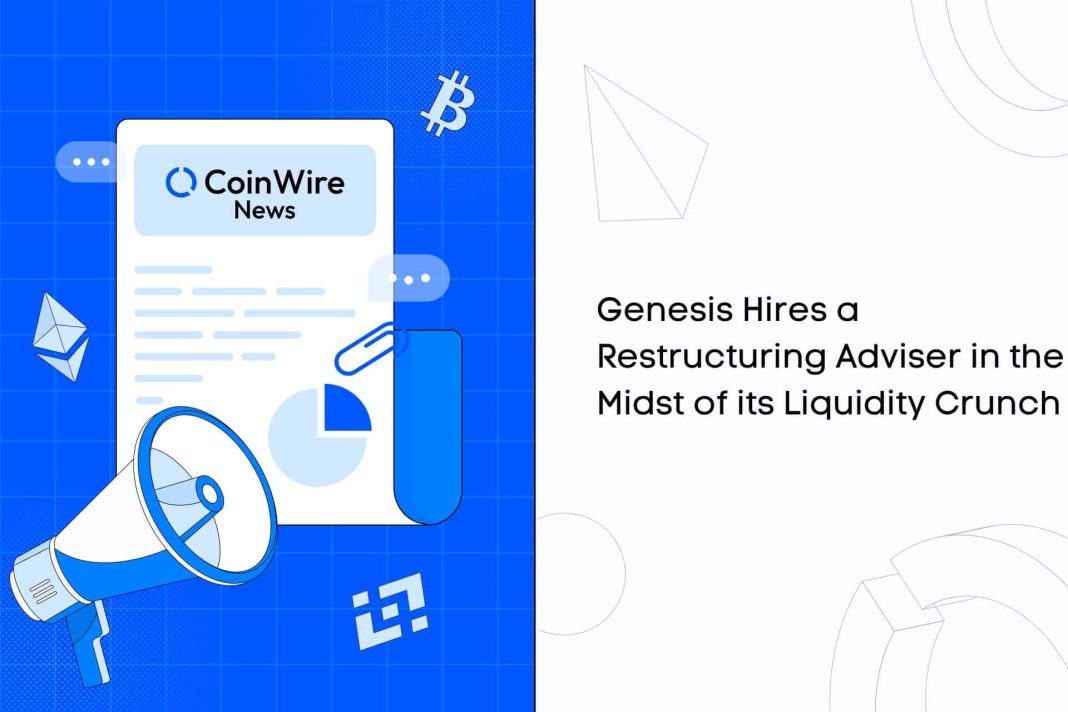 Peloton, the connected fitness company, recently underwent a massive debt refinancing to alleviate its liquidity crunch. With new loans secured and due dates pushed off, Peloton has bought itself some time to address its underlying business issues and work towards profitability. The successful refinancing signals that investors believe in the company’s ability to turn things around.
Peloton, the connected fitness company, recently underwent a massive debt refinancing to alleviate its liquidity crunch. With new loans secured and due dates pushed off, Peloton has bought itself some time to address its underlying business issues and work towards profitability. The successful refinancing signals that investors believe in the company’s ability to turn things around.
However, the refinancing is not a cure-all for Peloton. While it provides temporary relief, Peloton will now have to pay about $133 million annually in interest, making it more challenging to sustain positive free cash flow. The company has already started cutting costs to mitigate the impact of higher interest expenses and plans to reduce annual expenses by over $200 million.
Peloton’s biggest challenge lies in addressing the demand issues it has faced since the decline of the Covid-19 pandemic. The company needs to determine its identity and strategy—whether it is primarily a content company or a hardware company—and develop new approaches to sell its products. Straddling both roles has proven unsuccessful thus far.
To address its issues, Peloton should focus on nurturing its loyal customer base instead of aggressively pursuing growth. The company generates significant recurring subscription revenue and gross profit from its loyal members. By cutting research and development, marketing, and other corporate expenses, Peloton could potentially generate around $500 million in EBITDA.
Peloton’s debt holders, such as Soros Fund Management and Silver Point Capital, have invested in secured loans, placing them in a strong position if the company were to face bankruptcy. This refinancing may have been an opportunistic move for them, securing their position in case of a potential failure.
Moving forward, Peloton needs to make tough decisions about its business model and cut costs further. Hiring a new CEO will offer insights into the company’s direction. Peloton should also explore new revenue streams, such as partnerships with hotels like the one with Hyatt, to diversify its income sources.
One notable shift within Peloton is its live programming schedule. The company plans to reduce the number of live classes to make room for new programs and content categories, such as nutrition and rest. This change allows Peloton to better utilize its production staff and explore new opportunities for growth.
Despite concerns about trainers leaving the company, Peloton’s Chief Content Officer emphasized that the departures were amicable, and the door is open for them to return. Some instructors may teach fewer classes due to the live content pullback, but details about pay cuts or compensation disagreements remain unclear.
In conclusion, while Peloton has secured a lifeline with its debt refinancing, the company still faces significant challenges. By focusing on its loyal customer base, making tough decisions about its business model, and exploring new revenue streams, Peloton can work towards sustainable profitability and long-term success.


